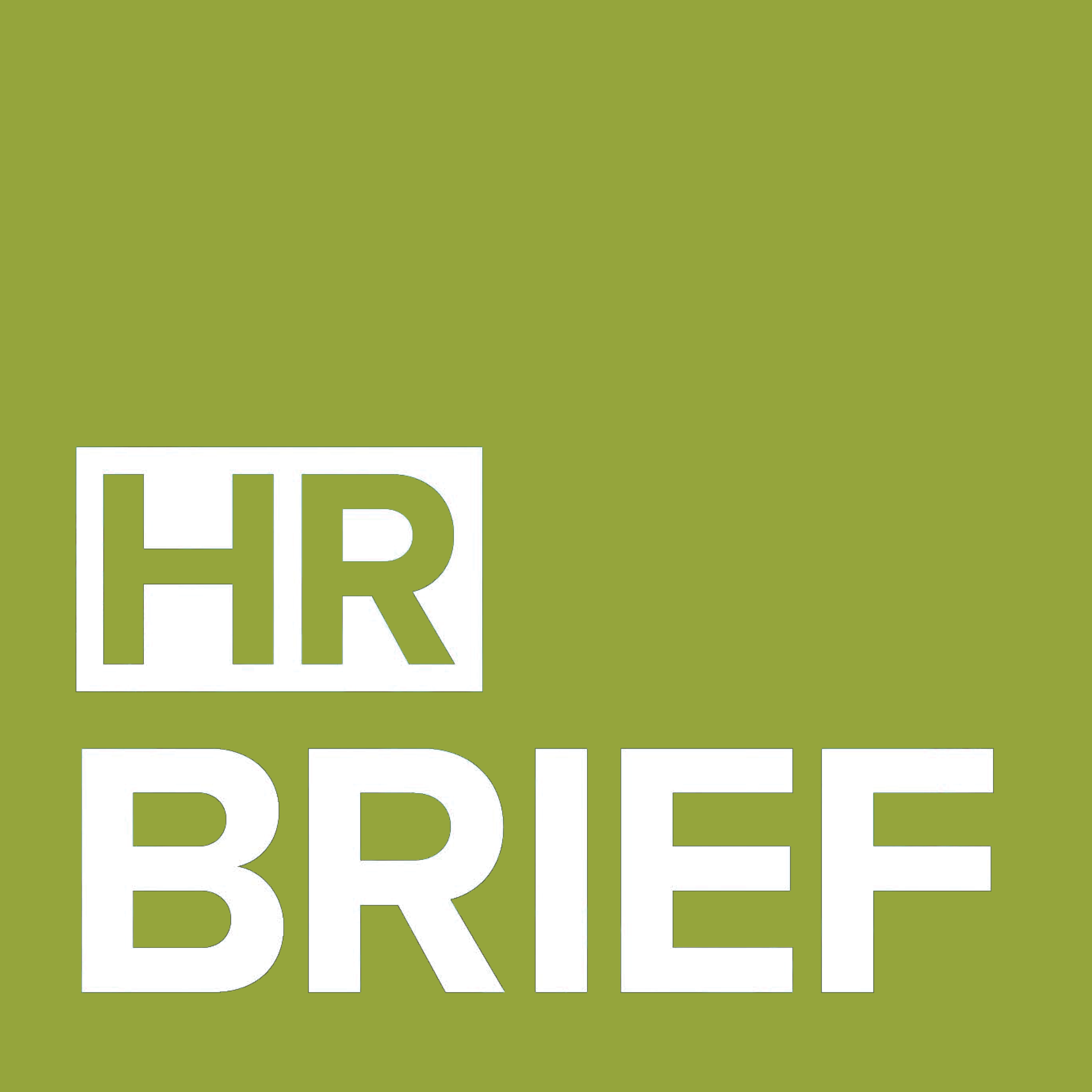
What the Coronavirus Delta Variant Means for Return-to-Work Mask Policies
With a growing percentage of the U.S. population fully vaccinated against COVID-19, many localities and employers have eased mask mandates and policies. However, due to the spread of an emerging variant of coronavirus known as Delta, these policies may still need updating; the Centers for Disease Control and Prevention (CDC) has now announced updates to its mask guidelines.
According to health experts, while vaccination is the most effective way to prevent the spread of Delta, masks can continue to play a key role in preventing the spread of coronavirus and its variants, even for fully vaccinated individuals.
Updated CDC Guidance on Mask-wearing
The CDC’s updated guidance now recommends that fully vaccinated individuals wear masks in public indoor settings when in areas with high or substantial transmission of COVID-19. At the time of this writing, this includes over 75% of U.S. counties. This update from the CDC is, in part, a reversal from previous agency guidance, which allowed fully vaccinated individuals to stop wearing a mask in most settings.
The guidelines also advise that masks should be worn by all individuals in K-12 schools regardless of vaccination status. The agency continues to recommend that unvaccinated individuals wear a mask indoors and potentially in some crowded outdoor settings.
Employer Takeaway
Aside from CDC guidance, many variables may influence how an employer responds—such as local masks guidelines and mandates, community levels of transmission or vaccination, employee attitudes or even the nature of the business.
Employers should note that these guidelines from the CDC are recommendations and are not legally binding. Even if mask-wearing is not a requirement for an organization, employers must consider any revisions to mask policies that may help ease employee concerns and keep their workforce safe.
COVID-19 and Open Enrollment 2021
The pandemic continues to impact today’s workplaces and employees’ needs. Even as its effects begin to taper, many employees may be more likely to consider a career move. With open enrollment season right around the corner, now is the time for HR professionals to be on top of their open enrollment planning and communications to retain and attract employees.
What’s Happening?
As employees juggled their personal responsibilities in front of their managers and colleagues, many employers adjusted benefits plans to accommodate this new pandemic reality. The most common benefits changes during the pandemic, driven by employee desires, include the following:
- Increased access to mental health benefits
- Flexibility for child care and elder care
- Changes in vacation and paid-time-off policies
Are You Ready?
An effective process begins with reviewing benefits packages to ensure they include competitive offerings employees want and expect as a result of the pandemic. Then, a comprehensive communication strategy can help employees understand their options and encourage participation. Sharing information over an extended time period via multiple channels gives employees more opportunities to review all of their available options and make the best decisions for themselves and their families in the coming year. It may also help to give employees a preview of benefits changes.
Even if open enrollment is still months away, it’s critical to plan ahead and start engaging employees with open enrollment materials so they know about new or expanded offerings. This year, more than ever, benefits will play a crucial role in recruiting and retaining top talent. Contact Seubert & Associates, Inc. today for more open enrollment resources.

Employee Spotlight: Joe Schmitt
Please join us in welcoming Joe Schmitt to Seubert’s Employee Benefits Department as a Benefits

Stay Ahead of the Curve with the 2025 Commercial Insurance Market Outlook
Get the 2025 Commercial Insurance Market Outlook to understand emerging risks and trends shaping the

New Mental Health Parity Requirements Take Effect in 2025
In September 2024, federal agencies released a final rule to strengthen the requirements of the
